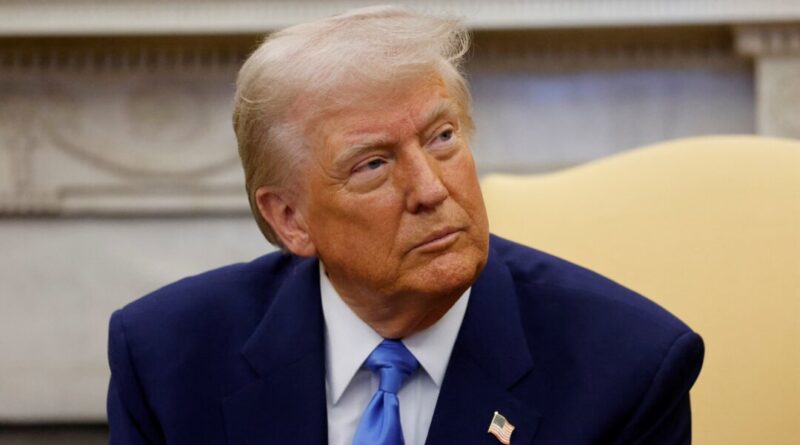White House Directs Agencies to Speed Up Large-Scale Layoffs of Federal Employees
The Trump administration is expediting government downsizing, mandating that agencies finalize extensive job cuts and restructuring strategies by mid-March.
The Trump administration is hastening its extensive cuts to the federal workforce, instructing agency leaders in a memo dated Feb. 26 to complete plans for “large-scale” layoffs by mid-March.
Trump’s workforce optimization initiative encompasses both extensive reduction in force plans and comprehensive agency reorganization efforts, which could lead not only to job cuts but also to the elimination of entire roles, agency divisions, or entire agencies. The administration portrays these actions as essential for streamlining government operations and curtailing unnecessary expenses.
In the Feb. 26 memo, Ezell and Vought reiterated this mission, describing federal operations as wasteful, ineffective, and urgently in need of reform.
“The federal government is costly, ineffective, and heavily in debt,” they wrote. “At the same time, it is failing to deliver results for the American public. Instead, taxpayer money is being diverted to support unproductive and unnecessary programs that serve radical interest groups while disadvantaging hardworking American citizens.”
As part of this initiative, agency leaders “shall promptly undertake preparations to initiate large-scale reductions in force,” according to the memo.
Some agencies have already begun implementing this process. The General Services Administration, responsible for federal buildings and real estate, informed employees on Monday that a reduction in force was in progress, assuring workers that it would strive to make their departure “fair and dignified.”
The memo also lays out a Phase 2 plan, which will require agencies to present more detailed restructuring proposals by April 14. This second stage will concentrate on sustainable government downsizing, consolidation of offices, and relocating agency functions to areas with lower costs.
“Following the President’s direction, agencies should prioritize the complete elimination of functions that are not legally mandated while ensuring the highest quality and most efficient delivery of their legally required functions,” the memo states.
Once reviewed and approved, Phase 2 plans should be set for implementation by the end of September.
The memo coincided with Trump’s first Cabinet meeting of his second term. During the meeting, the president referenced efforts to trim the federal workforce and reform agencies.
“We aim to return education to the states where it rightly belongs,” Trump remarked, emphasizing that it is “unacceptable” that the United States spends more than most developed nations on education yet ranks near the bottom.
Wednesday’s memo also instructs agency heads to collaborate with Musk-led DOGE in formulating their workforce reduction proposals.
Musk and DOGE, which has faced multiple lawsuits attempting to hinder its operations, recently came under fire following an email sent over the weekend to government workers from the OPM, asking for a bullet-point summary of their accomplishments. Musk commented on social media that those who fail to respond would face termination.
During Wednesday’s cabinet meeting, Musk indicated that around 1 million workers had replied to the email, stating that another similar communication would be sent soon.
When queried by reporters if DOGE has a specific target for the number of the 2.3 million federal employees that should be let go, Musk did not provide a concrete number.
“We aim to retain everyone who is performing an essential job effectively,” Musk explained. “However, if a job is not essential or if the individual is not performing well, they naturally should not remain on the public payroll.”
There is no official count of total firings and layoffs to date, but various reports indicate the number is at least 20,000, with another 75,000 accepting deferred resignations, totaling nearly 100,000 affected individuals.
Trump mentioned at the cabinet meeting that some of the approximately 1 million employees who have not responded to the OPM email might have other jobs or may not even exist.




